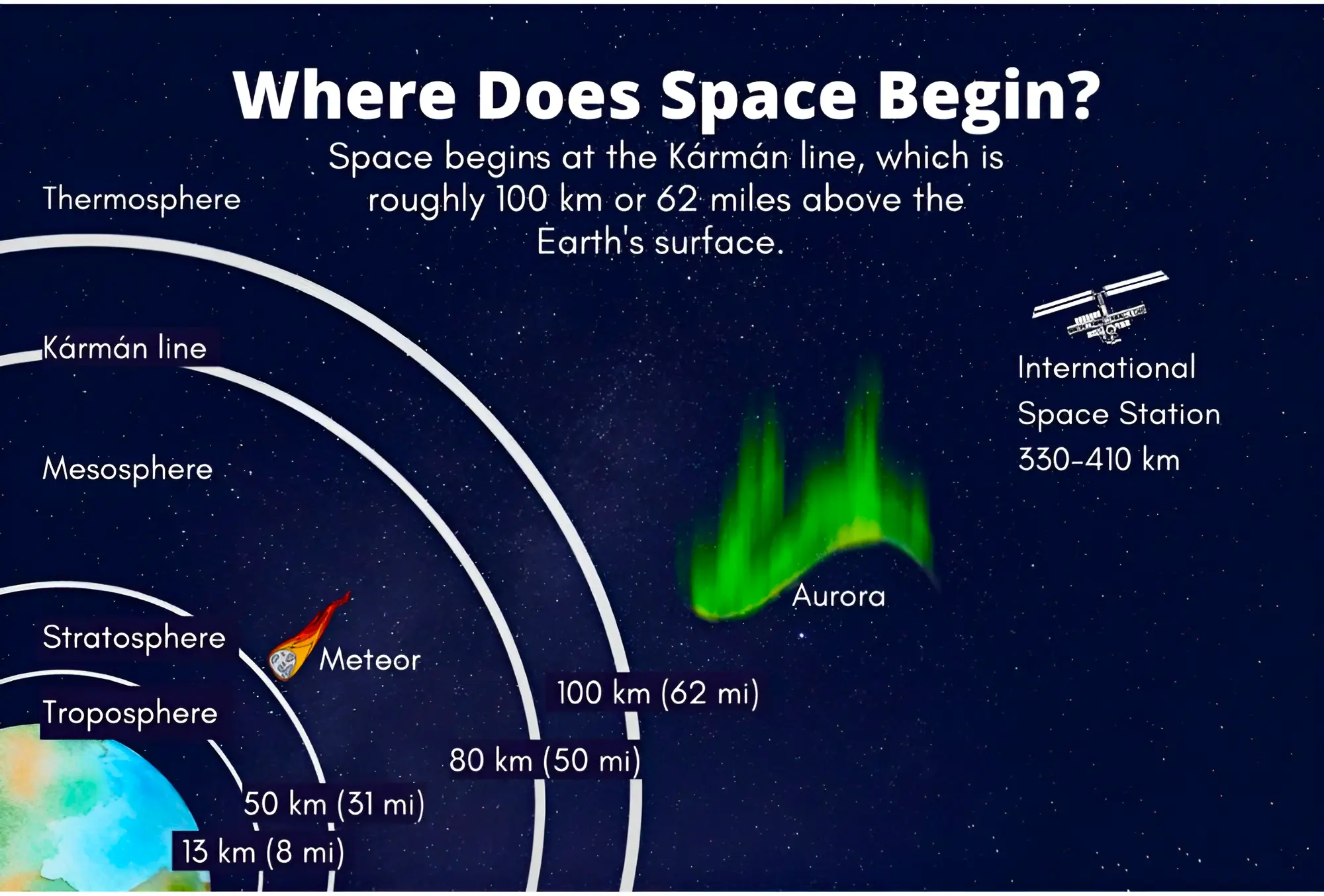Context
Recently, India-born aviator and commercial pilot Gopi Thotakura was among the six space tourists who undertook a short recreational trip to space.
Space Tourism
Space tourism is a part of the aviation industry that offers people the chance to experience space travel for fun, relaxation, or business.
- Growth of Space Tourism: Space tourism has rapidly expanded in recent years. In 2023, the market was valued at $848.28 million, and it is projected to soar to $27,861.99 million by 2032.
- Cost of Spaceflight: According to Space.com, a journey on a Virgin Galactic spacecraft, costs about $450,000 (about Rs 3.75 crore).
- Recent tourism space flights: Virgin Galactic, founded by British entrepreneur Richard Branson in 2004, saw Branson and five others take a brief trip to the edge of space on the VSS Unity spaceship in July 2021.
- Blue Origin, established by Jeff Bezos in 2000, successfully completed its first human spaceflight with four private citizens aboard the reusable New Shepard rocket on July 20, 2021. The flight reached an altitude of about 107 km.
- SpaceX’s Inspiration4 marked the debut of SpaceX’s tourism business in September 2021. The Falcon 9 rocket launched a Crew Dragon spacecraft with four civilians, the first all-civilian space flight, to an altitude of 575 km.
- Types of Space Tourism: Space tourism can be categorized into two main types: sub-orbital and orbital.
Enroll now for UPSC Online Course
Sub-Orbital Trips
Suborbital flights lack the speed needed to enter orbit. Without sufficient energy to reach orbit, they follow a parabolic trajectory, ascending and then descending. This is known as a suborbital space mission or suborbital flight. These flights may be short, but they offer passengers amazing views of Earth and a few minutes of weightlessness, which can be a big draw for space tourists. Example: New Shepherd mission of Blue Origin
- Sub-orbital Spacecraft: The sub-orbital spacecraft carries passengers slightly beyond the Kármán line, which is located approximately 100 kilometers above mean sea level. This line is recognized as the boundary between Earth’s atmosphere and outer space.
Importance of Suborbital Flights
- Microgravity Research: Suborbital flights offer valuable opportunities for microgravity research, as they provide conditions where people or objects seem weightless.
- They could serve as an alternative to the parabolic flights conducted by space agencies to simulate zero gravity.
- Zero Gravity, or Zero-G, refers to the state of weightlessness.
- Enhanced Flight Access for Innovation: Increased access would result from high projected flight rates, allowing for more opportunities for design innovation and experimental manipulation.
Orbital Space Flight
- About: An orbital spacecraft must reach orbital velocity, Orbital velocity is the speed an object needs to stay in orbit around a planet. To orbit 125 miles (200 kilometers) above Earth, a spacecraft must travel at 17,400 mph (28,000 km/h).
- The orbital spacecraft transports passengers well beyond the Kármán line.
- Extended Duration: Typically, passengers can spend anywhere from a few days to over a week at an altitude of nearly 1.3 million feet.
- For instance, in September 2021, SpaceX’s Falcon 9 transported four passengers to an altitude of 160 km, where they orbited the Earth for three days.
About Karman Line
The Kármán line, an imaginary boundary separating Earth’s atmosphere from outer space, is located 100 km (62 miles) above sea level. Named after aerospace pioneer Theodore von Kármán, the concept was established in the 1960s by the Fédération Aéronautique Internationale (FAI). An aircraft that crosses the Kármán line is designated as a spaceflight, and anyone who crosses this line is considered an astronaut.
- Flight Dynamics Across the Kármán Line: Below the Kármán line, flight is governed primarily by aerodynamic principles, while above it, orbital mechanics take precedence.
- Challenges at the Kármán Line for Aircraft: At the Kármán line, the atmosphere becomes extremely thin. Conventional aircraft, which depend on wings to generate lift by pushing against air, cannot operate effectively at these high altitudes.
- Spacecraft Propulsion: Beyond the Kármán line, spacecraft require their own propulsion systems to maintain trajectory and counteract the remaining atmospheric drag, albeit minimal.

Enroll now for UPSC Online Classes
![]() 21 May 2024
21 May 2024
